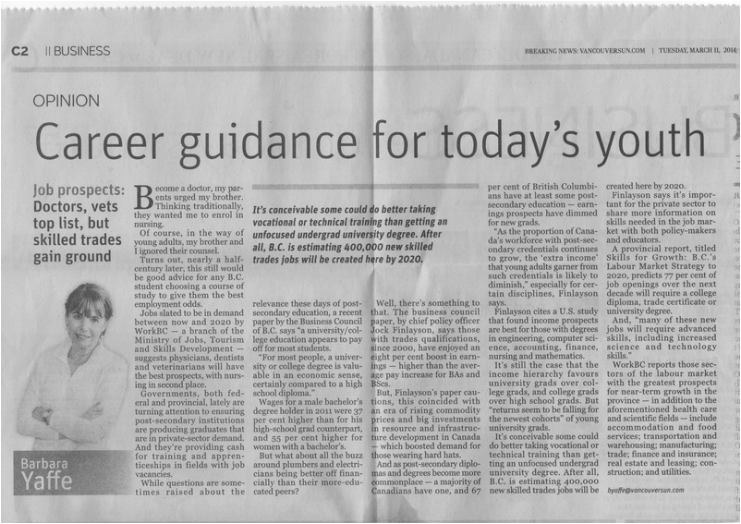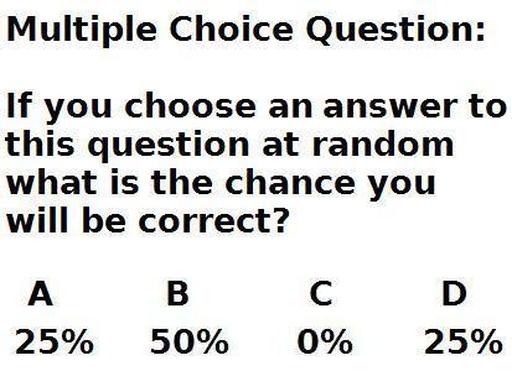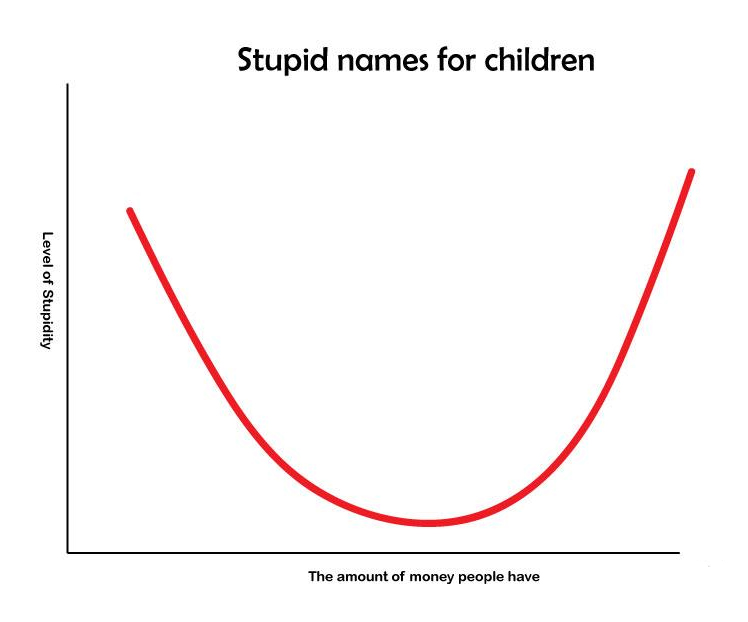- Make a music video
- Make a comic book
- Plan a family trip
- Write a book
- Learn to knit
- Organize a concert
- Do the grouse grind multiple times
- Make a song
- Learn an instrument
- Start your own business
- Train for and do the Sun Run
- Volunteer at a shelter regularly
- Learn another language
- Make a dance routine
- Write a song
- Teach an elementary class
- Learn how to bake
- Set a fitness goal
- Make a painting
- Make a photo album
- Plant something
- Make a chess board
- Make someone happy
- Participate in government
- Make an app for math or puzzles
- Learn to cook
- Raise money in order to make a donation
- Learn a difficult piano piece
- Learn some soccer tricks
- Make a sculpture
- Let Mr. Wadge select a piece of music for you to learn.
- Make a lifestyle change
- Sponsor/adopt a child
- Learn how to do synchronized swimming
- Tutor someone
|
0 Comments
...though you really should read the books first. Right, Chloe? Maziar? Some of you might be enjoying March Madness (American college basketball tournament). They are down to 8 teams left. Two teams (Dayton and Michigan) have Canadian players on them but it's hard to root against Michigan State after seeing this video. This guy is awesome!
"Income prospects are best for those with degrees in engineering, computer science, accounting, finance, nursing and mathematics." Except for nursing, those are all math-related jobs (especially the last one)! Yeah, Math!!
This week's Student of the Week is Arian M (thanks for the great photo Matin Y).
In the four years that I have taught Arian he has always been nothing but EXTRA polite to me. I'm talking "sirs" and head bows most days. I remember I was completely SHOCKED when - during his grade 10 year - Arian was identified as one of the main… uh… "challenges" in the entire grade. "Arian?!? Is there ANOTHER Arian at our school", I wondered. I guess I should count myself as lucky for only seeing one side - a really great side, at that - of Arian. Arian has always been very quiet in my class, though one of my favourite things is seeing him when he finds something REALLY funny. It's like he WANTS to stay quiet but he's finding it difficult and the laughter just kind of spills out of him in short bursts. He almost seems apologetic as he is laughing. Let it out AM! Don't hold back, Man! Arian has always taken great pride in his work. I remember how much I enjoyed marking his assignments and tests back in grade 9 and 10. Though, at that time, some of his male classmates were making a, shall we say, "less than optimal" effort, I always knew that Arian would work hard and score well on his quizzes and tests. (And I am not saying that he no longer works this way. It's just that - since grade 9 and 10 - most of his classmates have elevated their own level of effort and achievement). Thanks, Arian, for all your determination and your great kindness over the past four years. I know you have big plans for yourself and I am confident that - if you stay on top of due dates and deadlines (!!) - you will be successful. By the way, I wanted you to know that your story of your trip to the UBC Math class was equal parts hilarious, insightful, and thought-provoking. Although it might not have been inspiring to you (in fact, it may have been the opposite) I think it has raised very valuable questions for you (and others) to ask themselves before they start post-secondary education. Good luck Arian! |
P. WadgeI am your teacher. Obey me. Archives
June 2021
Categories
All
|










 RSS Feed
RSS Feed